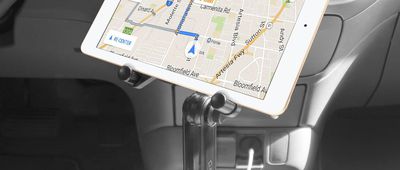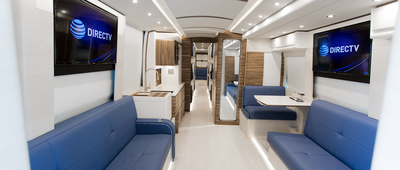DRIVE A BARGAIN
Leasing a vehicle can be an attractive option for drivers who want a brand new car with a low down payment and small monthly installments. Although a leaseholder (called a lessee) doesn't actually own the vehicle and will eventually have to return it, leasing is a bit more complicated than just a long-term car rental. A lot goes into securing a favorable lease, and understanding the variables is critical. If you don't do your homework, what was supposed to be a cheap alternative to owning can become a frustrating, expensive hardship for a car that isn't even yours.
Related: Don't Get Taken for a Ride: Calculating the Real Costs of Car Ownership
Related: 12 Ways to Avoid Getting Ripped Off at a Car Dealership




















